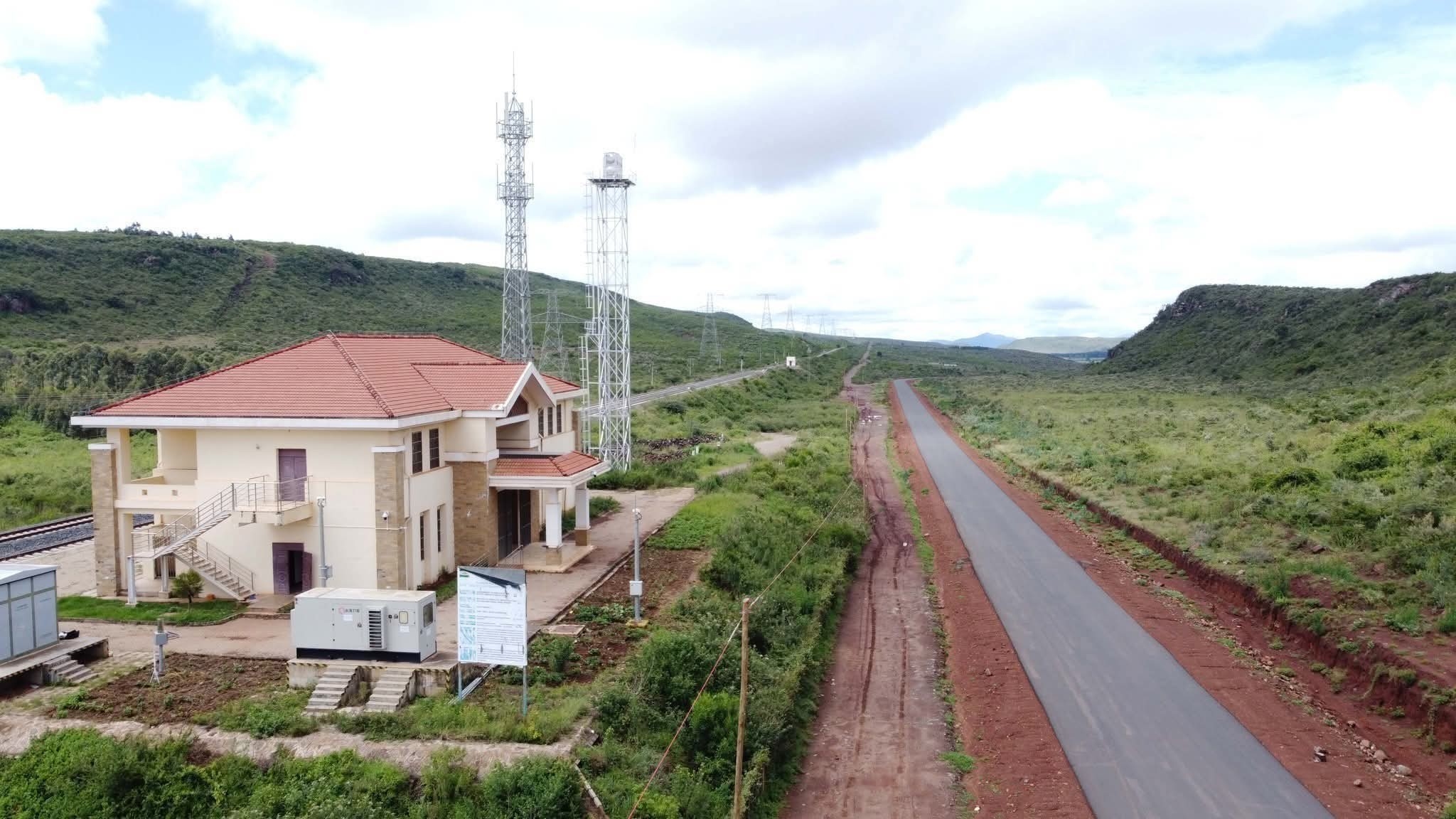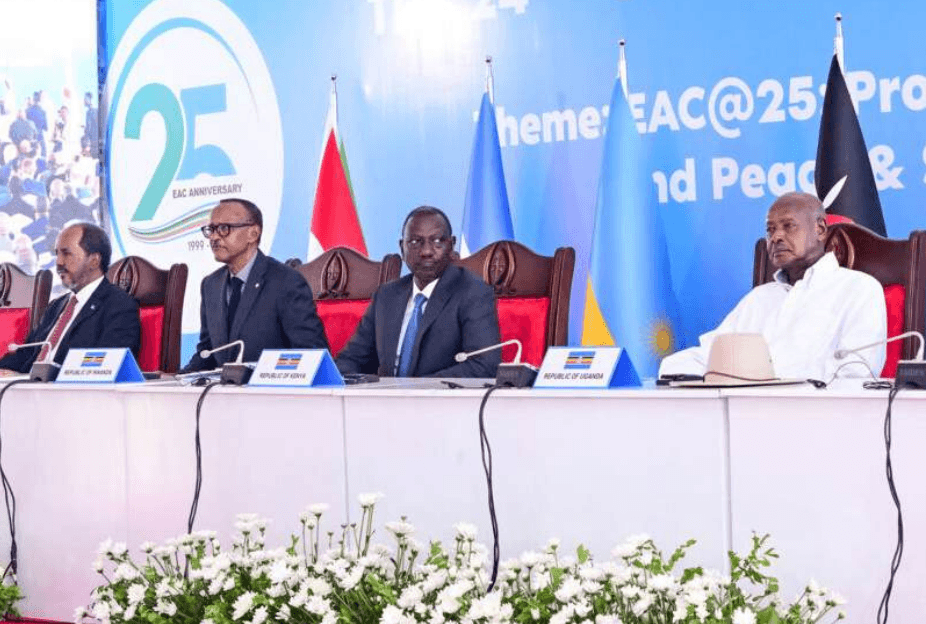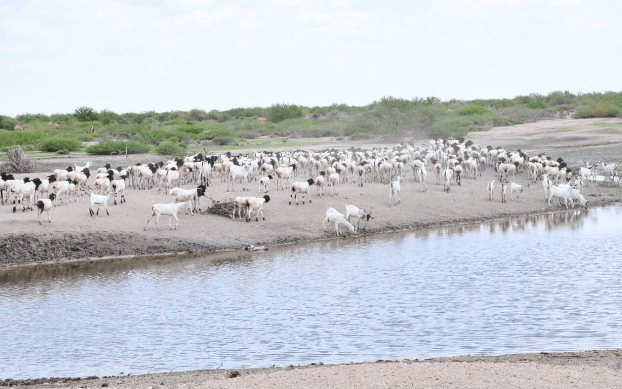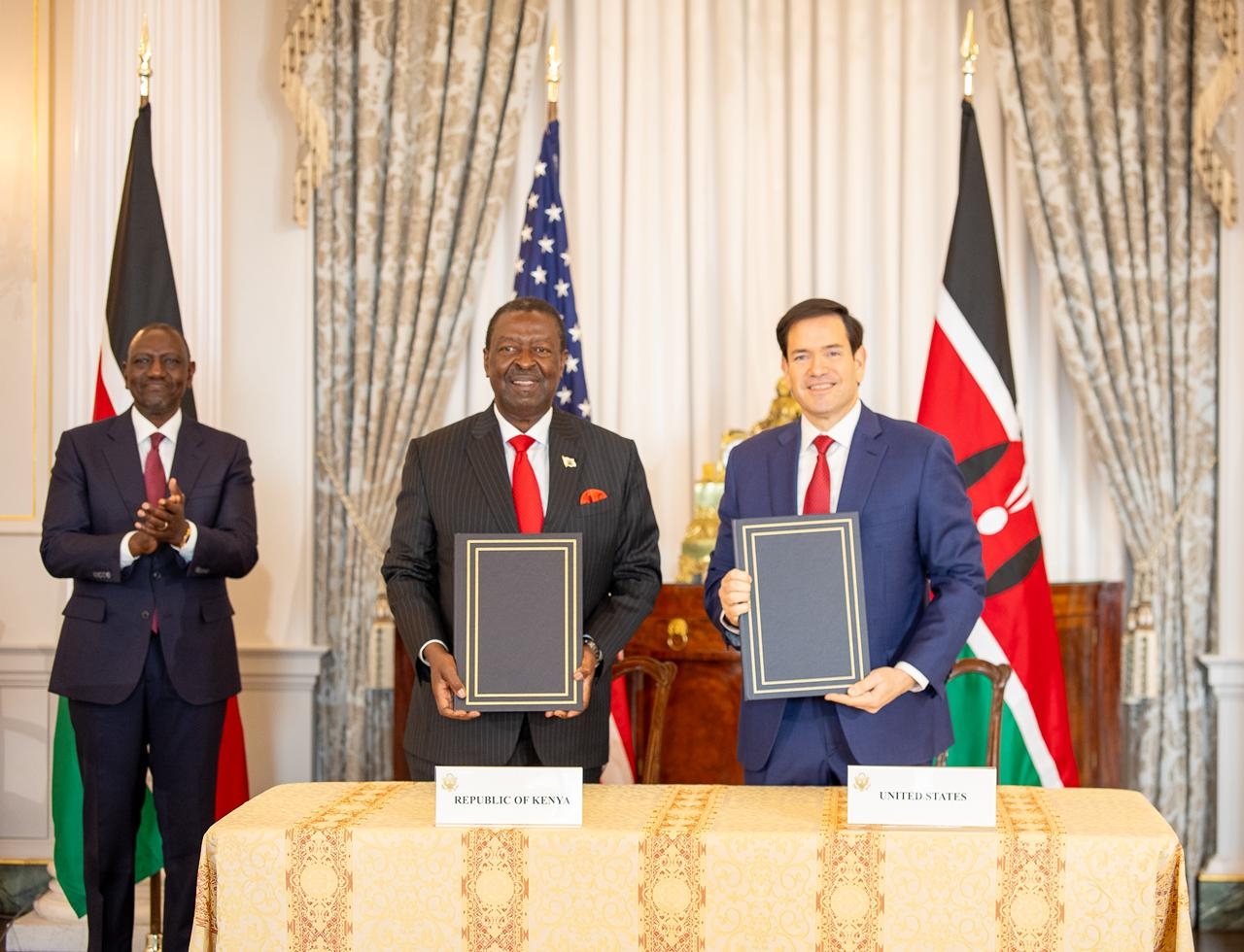The government is making concerted efforts to save the northern white rhino from extinction, Tourism and Wildlife Cabinet Secretary Rebecca Miano has said.
Miano revealed that initiatives to restore the species are progressing well and are at an advanced stage.
Speaking in Samburu during World Rhino Day celebrations, the CS stated that Kenyan scientists in collaboration with their counterparts globally are making significant strides towards a breakthrough in saving them through the in-vitro fertilization (IVF) process.
There are only two remaining northern white rhinos in the world and are under 24-hour surveillance at Ol Pejeta Conservancy in Laikipia.
“Wildlife Research and Training Institute(WRTI)- together with other researchers to save the animal. This daring and truly commendable act akin to reversing fate hopes to produce northern white rhino embryos from genetic material and eventually implanting them in southern white rhino females to produce calves," she said.
IVF is the process of fertilisation where an egg is combined with sperm in vitro (in glass).
The process involves monitoring and stimulating a female's ovulatory process removing an ovum or ova (egg or eggs) from their ovaries and letting a male's sperm fertilise them in a culture medium in a laboratory
"Success in this pathbreaking venture will yield hope to the conservation fraternity and put Kenya at the forecourt of wildlife guardianship globally,” she noted.
Efforts to recover the rare species began a few years ago with The BioRescue team who have been racing against time, harvesting about 29 oocytes.
These were flown to a lab in Cremona, Italy, for maturing as they waited for the right time to implant them into the viable Southern White rhino.
Scientists observe that the oocytes, after the maturity period, will be fused with sperm, which were harvested from Sudan, the northern male white rhino that died in 2018 due to poor health, aimed at ensuring they save the colossal species.
By the year 2008, the number of northern whites had been wiped out to eight.
The famous Four, consisting of two males, namely Sudan and Suni, and two females, Najin and Fatu, were transferred to Dvůr Králové Zoo in the Czech Republic.
Efforts to breed the species naturally were rendered futile due to unfavourable living conditions in the zoo.
With poaching emerging as the biggest challenge, Miano observed that the government has stepped up its efforts saying they have adopted novel technologies such as the use of drones and forensic evidence.
“We have allocated resources to support the recruitment of additional law enforcement officers. This will contribute significantly to our efforts to save the remaining rhino populations and other wildlife for posterity,” she said.
At the same time, Miano said that the government was leading as far as statistics of black rhinos are concerned.
“Kenya’s black rhino population is ranked third after South Africa and Namibia. There is likelihood that Kenya’s rhino population will exceed the 2022 numbers once the ongoing national wildlife census is concluded,” Miano said.
Currently, the population of rhinos stand at 1890 rhinos-966 black, 922 white and 2 northern whites.
On a global scale, Kenya is an important habitat for rhinos, hosting 80 per cent of the eastern black rhino subspecies distributed across eight national parks.
These are Maasai Mara Game Reserve, Sera Community Conservancy and five private sanctuaries within the Laikipia region.
Laikipia is home to more than half of Kenya's total rhino population.
“The government has developed laws and policies that favour our quest to secure wildlife resources for current and future generations," he said.
"This includes domesticating Multilateral Environmental Agreements (MEAs) such as the Convention on International Trade in Endangered Species of Wild Fauna and Flora (CITES).”
















